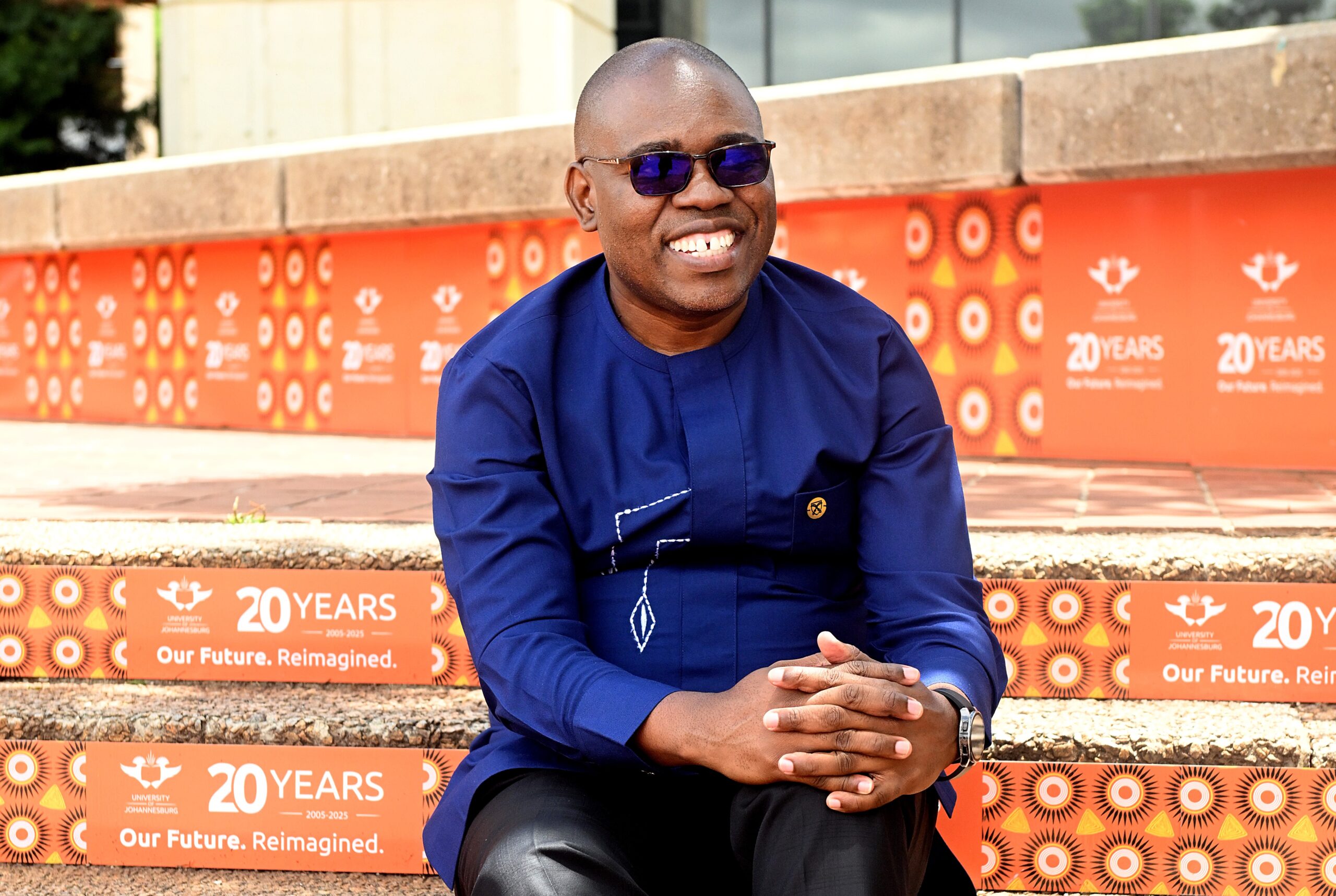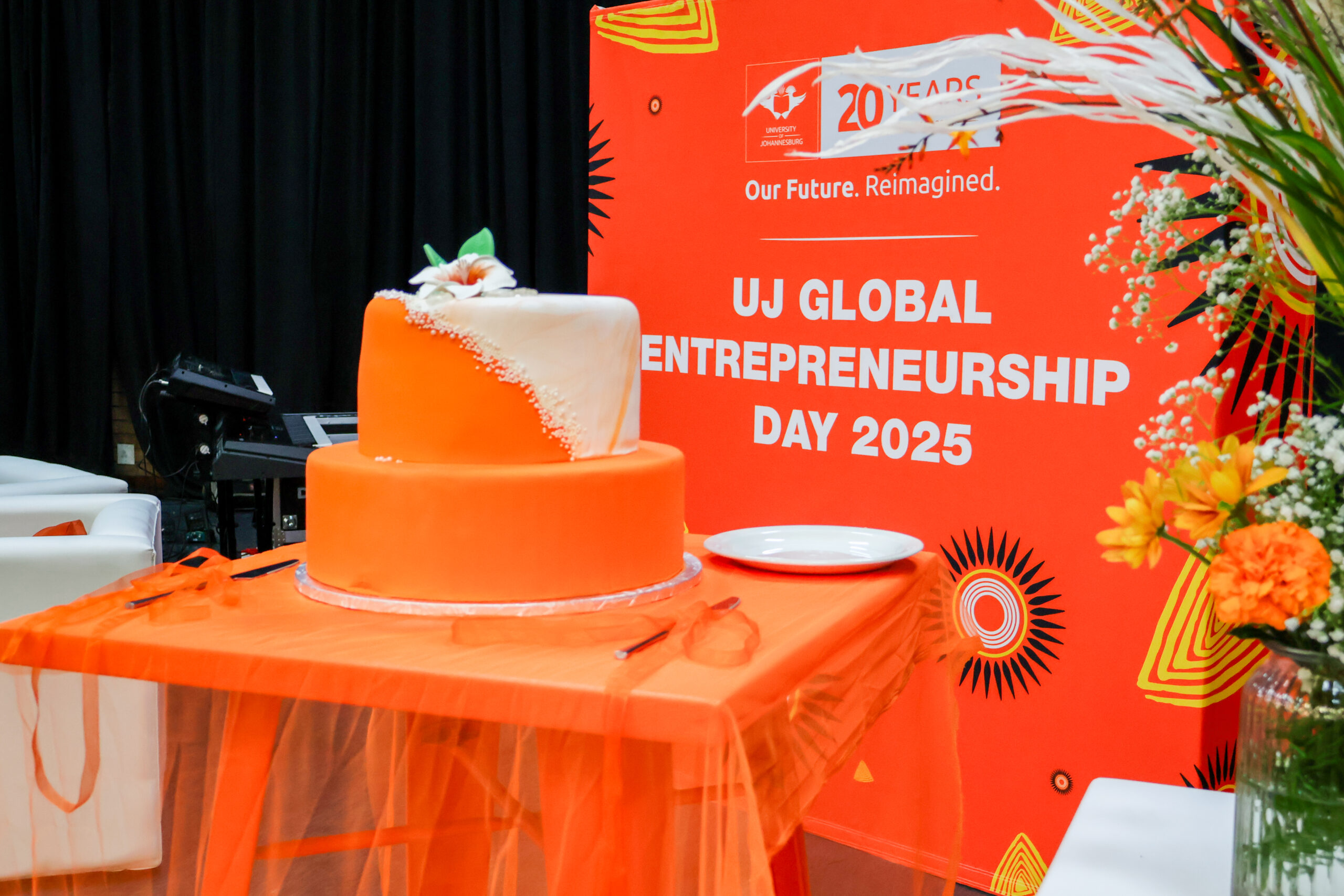STELLENBOSCH University is opening up its intellectual property vault, and giving companies free access to its technologies.
Published by Business Day:03 October 2012
Universities are mandated to patent intellectual property generated through their research, but often there are no funds available to develop the ideas.
Research and development is a key driver of growth, competitiveness and job creation, and the foundation of a knowledge economy, with research publication and patenting often considered success indicators. While SA’s research output has increased significantly over the past decade, its patent numbers have been poor.
Stellenbosch University, through its technology transfer company InnovUS, is the first tertiary institute to try to bridge the funding gap by offering its intellectual property for companies to develop, with firms only having to pay once the innovation starts making money.
Through its Instant Access programme, InnovUS “provides private sector entities with an opportunity to introduce new technology into their business environments with minimal effort and with absolutely no upfront cost”, CEO Anita Nel said last week.
The Intellectual Property Rights from Publicly Financed Research and Development Act of 2008 “encourages us to strive (and develop) all technologies on our books, but where do you want to spend your small resources?” Ms Nel asked.
“About 95% of our income is derived from less than 5% of the technologies on our books.”
Aart Boessenkool, director of the Office of Commercialisation and Technology Transfer at the University of Johannesburg, describes the gap between a technology idea and a technology prototype and pilot as “the valley of death”.
“To take an invention through the valley of death takes a lot of money,” he said yesterday.
While Instant Access gave the university the ability to develop its technologies without bearing the cost burden, “it is important for us to open the doors (between) people in the university and small, micro-and medium-sized enterprises”, Ms Nel said. Companies were allowed full commercial use of the technologies — which range from enzymes for biofuel production to a rail launcher with space applications — for up to three years, free of charge, to assess and develop.
“The technology has not been tested in industry, it is on paper or in a lab. We have no idea how the technology will impact (the company’s) process … The only time the company pays is when (the technology) generates an income, and this is R1,000 a year, or 1% of the income generated as a result of using the technology,” she said.
When asked whether this model was viable, Prof Boessenkool said: “I don’t think one system fits all. The intellectual property world is such that you cannot contain it in one single system.”



